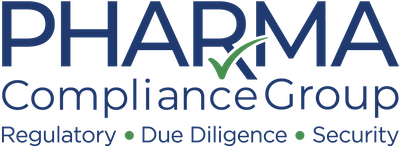DEA Report Warns: Veterinary Medications Fueling Illicit Fentanyl Crisis
The DEA’s 2025 National Drug Threat Assessment reveals a disturbing new trend in the ongoing fentanyl epidemic: the growing misuse of veterinary tranquilizers in the illegal drug supply. The report highlights that xylazine, an animal sedative not approved for human use, remains the most common fentanyl adulterant. Even more concerning, the veterinary anesthetic medetomidine is now also being found in seized fentanyl mixtures.
These substances significantly increase the lethality of fentanyl and pose new challenges for overdose reversal, as naloxone (Narcan) is ineffective against non-opioids like xylazine and medetomidine.
Why This Matters for DEA Compliance and Drug Diversion Prevention
The emergence of veterinary medications in illicit drug manufacturing underscores the need for enhanced drug diversion control and compliance monitoring in both the pharmaceutical and veterinary sectors.
Key actions for DEA registrants and compliance teams:
- Implement strict inventory controls for xylazine, medetomidine, and other high-risk veterinary drugs—even those not currently scheduled under the Controlled Substances Act (CSA).
- Update suspicious order monitoring (SOM) protocols to include veterinary products.
- Conduct compliance audits and staff training to spot diversion risks.
- Limit access to veterinary sedatives through restricted permissions and documentation.
Stay Ahead of DEA Enforcement Trends
As drug traffickers evolve, so must your compliance strategy. With the DEA increasing oversight on both human and veterinary drug supplies, organizations must prioritize controlled substance compliance and diversion prevention protocols.
Need support building a DEA-compliant program? Contact our team to strengthen your risk controls today.

